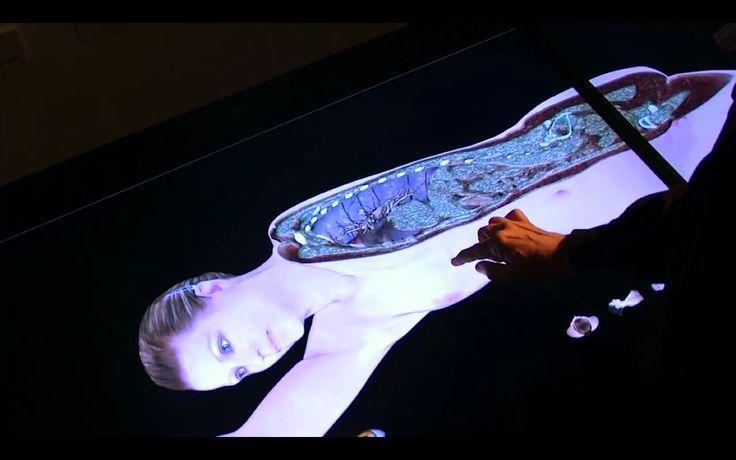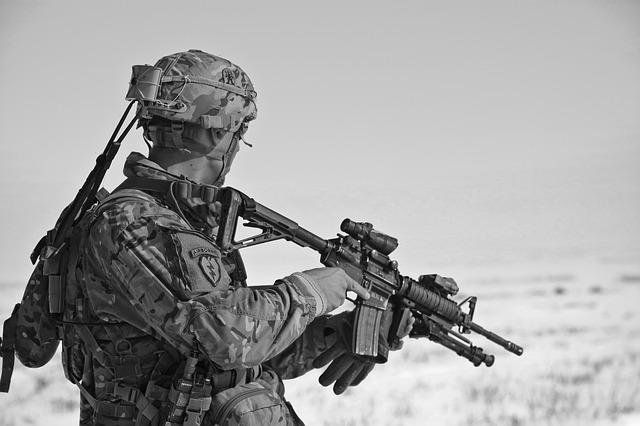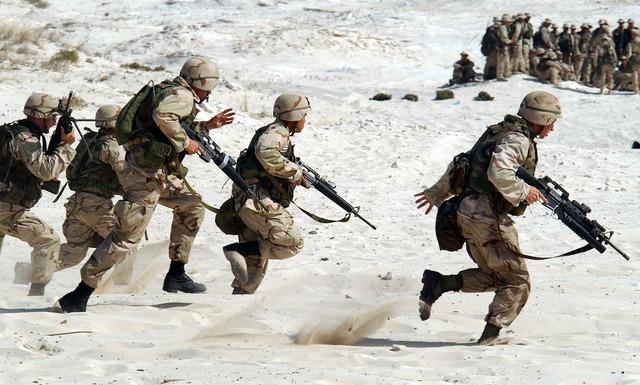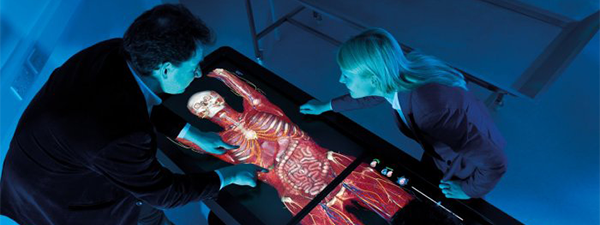
Sometimes I open the newspaper and I have to stop and pinch myself for a moment, to make sure I’m not having a crazy dream. This has been the case a lot lately after seeing how quickly technology has been advancing. Just a few days ago, I learned that next year, Tesla plans for their new line of vehicles to be 90% self driving. I pinched myself to make sure I wasn’t asleep, and then I came across something even more incredible, which made me pinch a little bit harder.
 That news happens to be related to 3D printing, and it involves the United States Military. They are apparently in discussions with the University of Nevada to create “virtual’ copies of their soldiers. These copies would be created via x-rays, MRIs, and ultrasounds, and encompass a soldier’s entire body in 3-dimensions.
That news happens to be related to 3D printing, and it involves the United States Military. They are apparently in discussions with the University of Nevada to create “virtual’ copies of their soldiers. These copies would be created via x-rays, MRIs, and ultrasounds, and encompass a soldier’s entire body in 3-dimensions.
This team of experts are already using virtual operating tables, which are manufactured by a company called Anatomage. These tables are basically virtual cadavers, which students and medical personnel can use to practice dissecting the human body with. Currently these machines are being used to allow students as well as professionals to dissect the human body without the need for a real human body.
Speaking at the American Association for the Advancement of Science Conference in San Jose, Dr. James Mah, clinical professor at the University of Nevada, spoke of how this technology could be used in conjunction with 3D printing to allow the military to create virtual replicas of each solder, as a “backup” of sorts in case of injury or loss of a limb.
“The idea is to image someone when they are in a healthy state so that the data is available if it’s needed at a later point,” explained Mah. “We have soldiers who get injured. They lose limbs and other tissues and it’s a challenge to reconstruct them in the field. but if they are imaged beforehand, you can send that over the internet and have a 3D printer in the field to produce the bone,”
Yes, you heard that right, and no you are not dreaming. Mah believes that soldiers could be 3D scanned using various imaging technologies, and then entered into a vast database, prior to being sent to serve in the military. Then, in the unfortunate circumstance of a soldier losing a limb, part of his/her skull or another portion of his/her body, this data could be retrieved. Upon retrieval doctors and surgeons in the field could quickly and easily see exactly how this individual’s body appeared and functioned prior to the injury.
On top of this, exact 3D printed replicas could be made of the missing bones. This could serve two purposes. Today’s technology allows for the creation of medical models which could greatly aid a surgeon in reconstructing the missing body parts needed. We are also on the cutting edge of being able to 3D print actual bones. Some would say that the technology already exists. We have already seen surgeons 3D print titanium skull and hip replacements which are then implanted into the human body and designed in such a way that actual bone will grow around them. This means that not only could medical models be 3D printed based on these ‘virtual copies’ of the soldiers, but actual replacement parts could quite frankly be feasible as well.
“A variety of injuries can happen on the battlefield and repair is unfortunately a long process,” said Mah. “The sooner you can get the replacement parts together the better.”
 It should be interesting to see if and when this technology is put into use. The idea of creating virtual twins of ourselves in case of an accident, is an idea only previously conceived of in science fiction novels. When you add to it, the idea of being able to use these virtual copies of ourselves to 3D print entirely new body parts, it personally makes me feel as though I am having some sort of futuristic dream. When it comes down to it though, this will soon be a reality.
It should be interesting to see if and when this technology is put into use. The idea of creating virtual twins of ourselves in case of an accident, is an idea only previously conceived of in science fiction novels. When you add to it, the idea of being able to use these virtual copies of ourselves to 3D print entirely new body parts, it personally makes me feel as though I am having some sort of futuristic dream. When it comes down to it though, this will soon be a reality.
Initially this technology would probably only be used by the military, but soon after, there is no reason why everyone couldn’t have a virtual copy made of themselves. Perhaps one day soon, this technology will not only be reserved for 3D printing replacement bones, but it could even aid in the reproduction and replication of human organs. Technology certainly appears to be moving in a direction where we will all be able to extend our lives and the quality of our lives by simply 3D printing new body parts.
*Pinch*
What do you think? Will this technology actually be used anytime soon, or are we still years or decades away? Discuss in the ‘Copy and 3D Print of Human Bones‘ forum thread on 3DPB.com. Check out the videos of the Anatomage table below.
Subscribe to Our Email Newsletter
Stay up-to-date on all the latest news from the 3D printing industry and receive information and offers from third party vendors.
You May Also Like
Precision at the Microscale: UK Researchers Advance Medical Devices with BMF’s 3D Printing Tech
University of Nottingham researchers are using Boston Micro Fabrication‘s (BMF) 3D printing technology to develop medical devices that improve compatibility with human tissue. Funded by a UK grant, this project...
3D Printing Webinar and Event Roundup: April 21, 2024
It’s another busy week of webinars and events, starting with Hannover Messe in Germany and continuing with Metalcasting Congress, Chinaplas, TechBlick’s Innovation Festival, and more. Stratasys continues its advanced training...
3D Printing Webinar and Event Roundup: March 17, 2024
It’s another busy week of webinars and events, including SALMED 2024 and AM Forum in Berlin. Stratasys continues its in-person training and is offering two webinars, ASTM is holding a...
3D Printed Micro Antenna is 15% Smaller and 6X Lighter
Horizon Microtechnologies has achieved success in creating a high-frequency D-Band horn antenna through micro 3D printing. However, this achievement did not rely solely on 3D printing; it involved a combination...






























